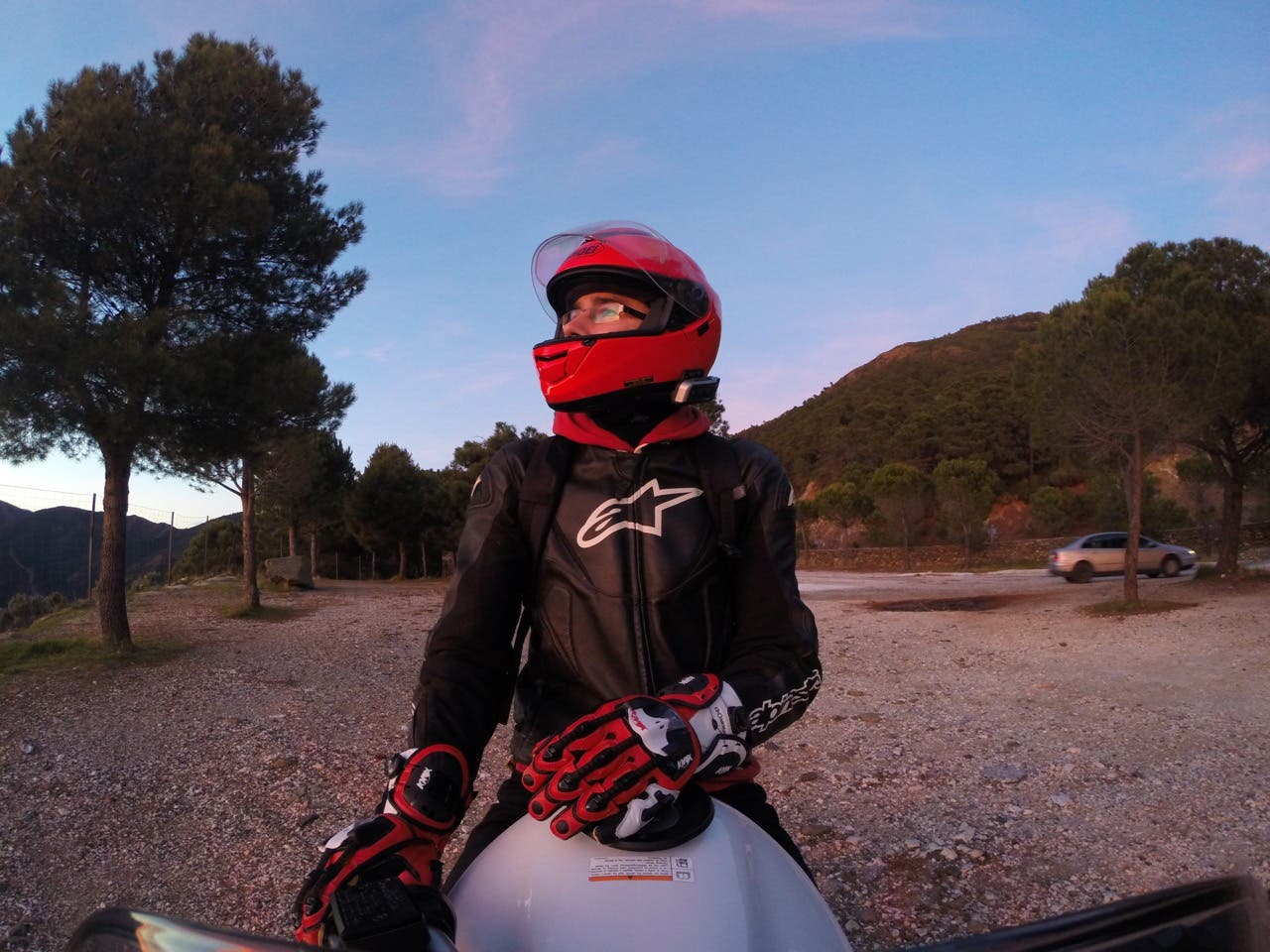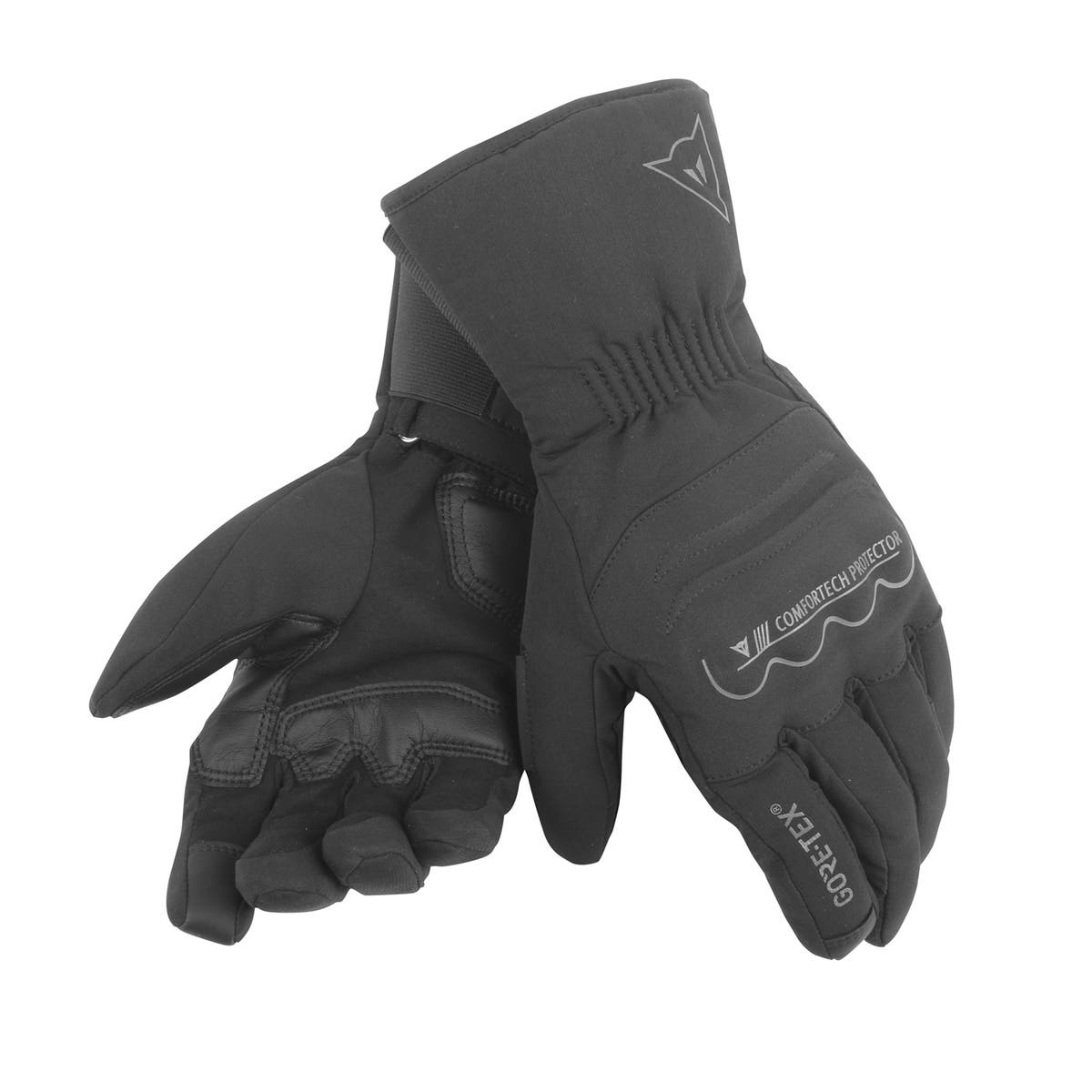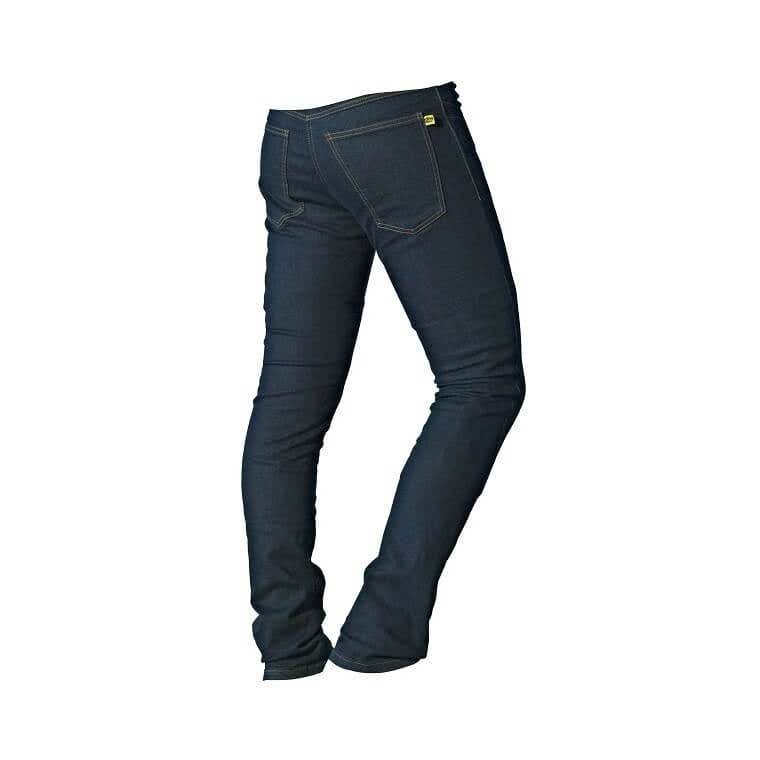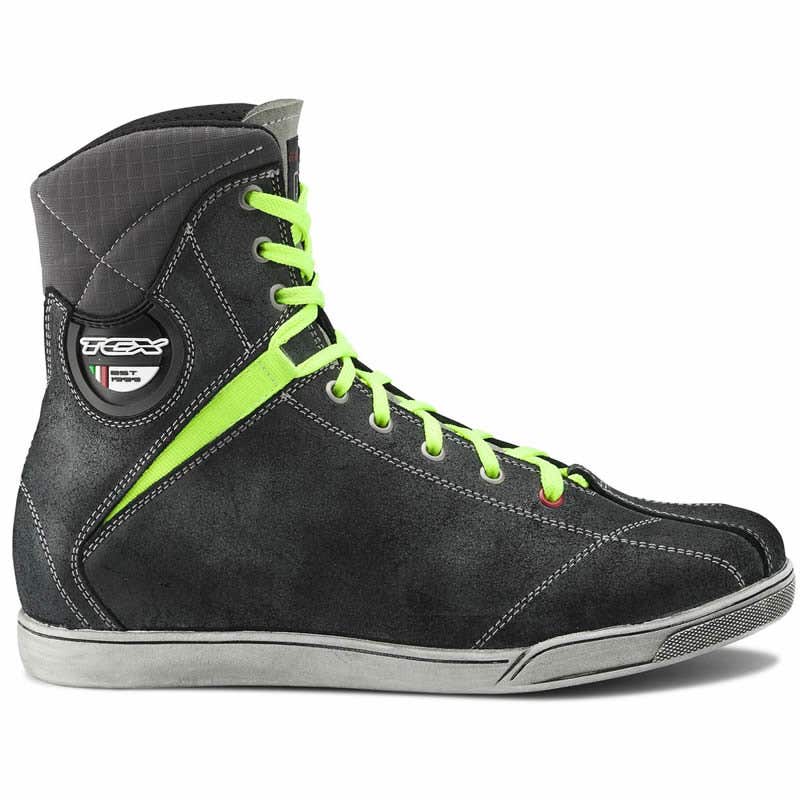The time of year where the days are much shorter, the leaves are falling off trees and frosty mornings is upon us once again, so in this post I'm going to go through what I wear to keep warm and safe with the changing weather - without breaking the bank by using quality kit that can be made use of all year round.
Like most riders, I wear the same helmet through the year, and my helmet of choice is the Shoei GT Air for its range of features and comfort. Three of the features come into their own at this time of year - the drop down sun visor, the pinlock and the ventilation. With early sunsets the sun visor is ideal for low sun and for retracting when it gets dark. The pinlock and ventilation take care of any fogging that may occur due to the weather, but the excellent chin curtain can cause fogging of eyeglasses which is about the only downside to the helmet. You can check out Dave's review of the helmet here.
The second item on my list is my choice of gloves, and it's about the only thing I swap out for cool weather. I use the Dainese Freeland which offer excellent Goretex waterproofing and insulation, while still offering decent feel and protection. If you care about animals they use only synthetic materials which is relatively rare in premium gloves. The left thumb also includes a small visor wiper for when you get caught in a shower and need to clear your vision. You'll be surprised what you can get away with if you have a non-ventilated pair of summer gloves however, heated grips and glove liners may mean you never need winter gloves - my Knox Handroids can cope with near zero degrees when it's dry.
I tend to stick with one jacket year-round and layer and waterproof myself accordingly. I've had an Alpinestars Jaws leather jacket for years now and apart from a zip breaking (I have used it an awful lot) it's been great. I usually leave the thick thermal liner in during cold weather and wear a shirt and hoodie underneath - if it's really cold I wear a thermal top too. Any good quality armoured leather jacket, be it sporty or more retro will be appropriate if it offers a decent thermal liner. Check the range of leather jackets Bike Stop has to offer here. Waterproofing I'll come onto shortly.
On my legs I stick with my trusty kevlar jeans - I personally wear Draggin' Jeans Twistas which have optional knee armour - they're not the cheapest items but they can be used all year-round on and off the bike as they look almost identical to slim cut jeans. They're quick thick denim so keep the cold out well, the addition of thermal leggings is all that's needed generally to keep the cold at bay. Dainese and Rokker also produce good quality aramid fibre jeans - Rokker even offer jeans that are weatherproof while retaining the look and protection.
When it comes to waterproofing I opt for a one piece oversuit which I keep inside my top box for commuting. It does mean you need to plan to wear it (or face a bit of a faff putting it on while on your journey) but a good quality one will keep out everything, and keep you warmer still. I use a Rev It oversuit and it keeps me dry in all weathers. In the event you want to include waterproofing into the jacket you're already wearing, Bike Stop will soon be stocking a new Dainese waterproof leather jacket - ensuring the combination of solid protection with extra weather protection - paired with a set of Rokker jeans you could even forgo the oversuit.
My final major pieces of kit are my boots - I use TCX X-Rap WP boots. These are motorcycle boots that look more like casual shoes but provide decent protection, waterproofing and much better comfort on and off the bike. A thick pair of socks deals with most cold allowing you to adapt these boots to most weather conditions. The X-Rap has since been superseded by a range of various casual style boots including the X-Groove which performs similarly thanks to the addition of Goretex - Bike Stop is also able to order in any current boot TCX makes, even if it's not listed on our website, so don't hesitate to ask.
Lastly, but not least, I always wear a neck buff - the Windproof BUFF - it's much thicker than the average cotton buff and a lot warmer. It's split into two halves, one half is thinner to go under your helmet comfortably while the other half is made of windproof fleece to cover your neck and keep it warm. Of all the things I have to keep warm, this one is crucial to keeping warm at speed and makes all the difference when worn properly. You can of course layer a couple of thinner buffs, but they have a habit of slipping when you turn your head - balaclavas are also an option.
You can choose to buy specific winter kit, but it costs more, takes up more space when not in use and it's often useless for summer months, especially if you decide to go south for a summer tour. This is why I've always stuck with layering - it's much more flexible and will keep your gear costs down by only having to buy one set.










